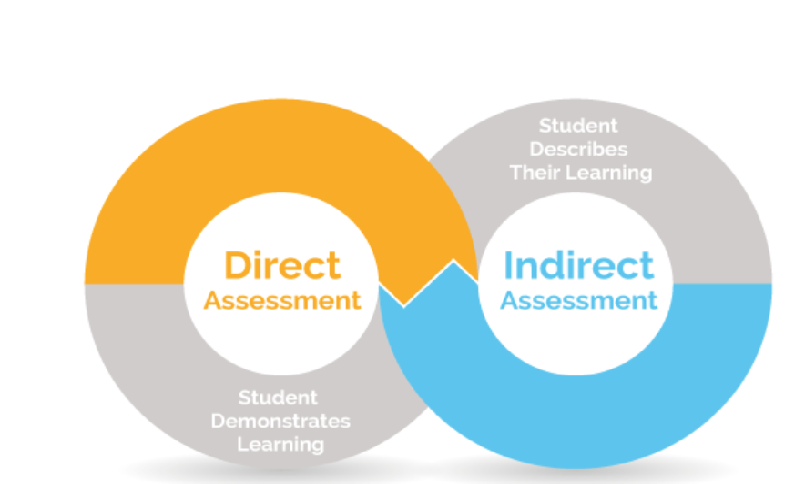Technological Advancements in Schools and Classrooms
With no end in sight for a deceleration of technology it is evident technology would be implemented into classrooms and education as a whole. It was seen throughout the pandemic with virtual classrooms and calls but what other technological advancements have there been? The move to online and computer oriented classrooms was made easier by the push to get computers in schools in 2011, when 71% of students in OECD countries reported access to computers and internet at school (59). Another advancement in classrooms includes the implementation of the use of robots. Over the 2022 summer, working in a grade 6 class, I had the privilege of watching students operate robots first hand. It amazed me how efficiently students programmed their robots to perform difficult tasks like shooting on miniature basketball nets, playing songs on xylophones, navigating obstacle courses, and dancing. The experience allowed me to reflect on how in schools I never had access to operating robots. I feel this prepares youth for the likelihood that using robots will be a part of everyday life in the future.
Technology continues to advance and my reasoning for why technology was not implemented sooner was the technological boom happened so rapidly. Additionally, the funding from when I was a child to now would likely have been very different. This correlates with my school experiences as well, for example, when I was in grades 1-2 the tv stand on wheels was still common, then projectors would be played on whiteboards, however now, plenty of classrooms, I have been in, have smartboards. Over that course of time the advancements had been fast but they continue to get faster. With this idea in mind, that technology will continue to advance rapidly. It is important that teachers are adequately trained to demonstrate how to use advanced technology because I had no idea how to operate those robots and the kids were baffling me with their speed and complexity. As a future teacher I critically think about how teachers will have to teach students to use robots, even when they have not been taught, like me for example. However, with the technology push there must remain a large emphasis on safety and the chapter touches on hacking culture briefly and the dangers associated. Drawing from my personal experience, I have witnessed several presentations by students on cyber-safety. Each student had a different topic covering safe internet use such as password protection, phishing, safe and unsafe websites, etc. I was glad to see teachers take this approach to teaching. Not only are students learning about cyber safety but they are working on their collaborative skills, group work, and presenting information. Additionally, being involved in the process helps students learn. So the overall approach for technology seems to be going well, however, I question what will the technology in 20 years look like and how will I be adept to use and possibly teach how the technology works. That being said, I believe it is important to stay up to date with the current advancements to be able to relate and assist students and youth. 
References
Davis, B., Francis, K., & Freisen, S. 2019. Stem Education By Design. Ch. 4. Technology.
Educational Robots in Schools: for Which Skills? https://www.robot-advance.com/EN/actualite-educational-robots-in-schools-for-which-skills-198.htm


Comments
Post a Comment